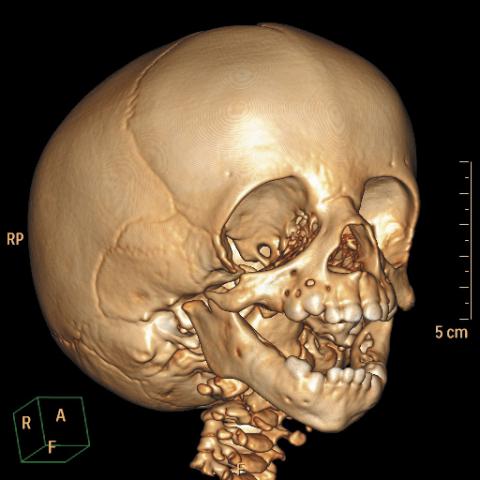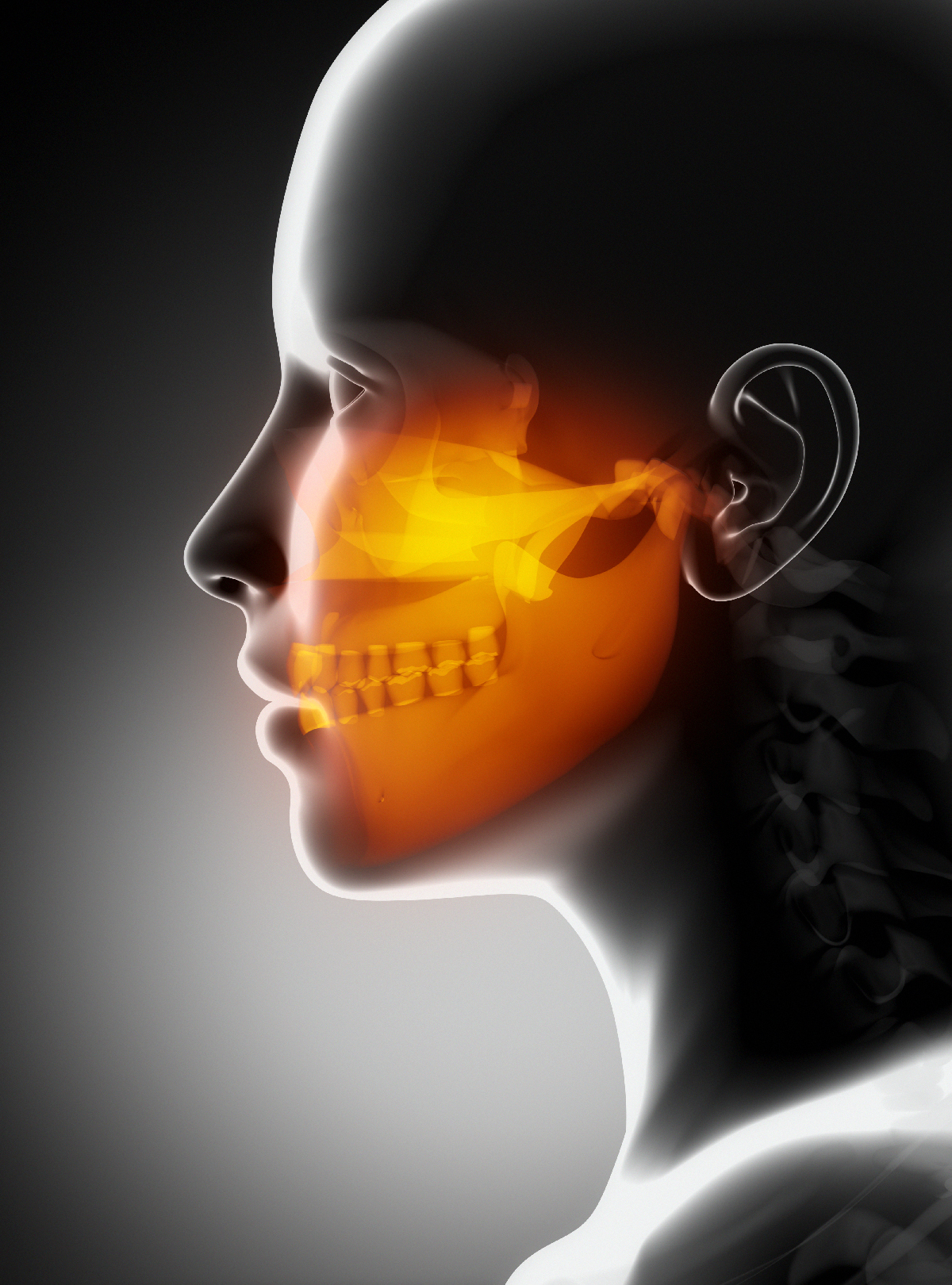A staggering number of patients around the world suffer from debilitating jaw conditions like mandibulofacial dysostosis, mandibular retrognathism, and mandibular hypertrophy. These conditions can have drastic effects on not only the physical function and appearance of the mandible, but on social interactions, as well, due to pain, speech difficulties, self-consciousness and teasing from the cosmetic differences these patients exhibit. While surgery can correct the mandibular defects, the complexity of the procedure and the anatomical structures on which it focuses often impair the visualization of the surgical field, making the surgery more difficult and risky to the delicate nervous structures in the jaw.

Physicians and researchers at the Shanghai Ninth People’s Hospital and the State Key Laboratory of Virtual Reality Technology and Systems of the Beihang University in Beijing, China have developed a system to improve the visualization of this complex anatomical area using augmented reality. First, the skull of the patient was scanned using a 3D CT and the images were imported into the Mimics CAD/CAM software, generating a 3D model of the patient’s skull. After that, dentists built a dental cast and occlusal splints for each patient using acrylic resin.


These splints served as a marker that was recognized by the AR software and allowed the surgeons to keep the image oriented so they could watch the surgery both on the patient as they performed it and on the 3D CT on a computer screen. Using this AR process, two parts of a virtual image were integrated into one picture to help the surgeons to get the clearest field as possible during the procedure. It also allowed the patient to avoid undergoing many more expensive X-rays and the radiation exposure that accompanies them. Mixed reality imaging was projected into the operative field through the use of a wearable semi-transparent glass AR/MR device.
The AR/MR system was applied and successfully displayed the IANs (inferior alveolar nerve bundles) of 20 patients. 20 plastic models were printed based on the patients’ 3D CT data. The results of this study demonstrated that the virtual image of the mandible could be superimposed over their respective real-world structures during surgery. Using this amazing AR technique, physicians could view the stereoscopic images from multiple angles, allowing surgeons to examine the necessary anatomical structures quickly and easily. With the help of the projected virtual IANs, surgeons were able to avoid damage to important structures and perform a successful surgery.
While we at ARinMED are always excited for new medical procedures that are made possible by the advancement of AR technology, it’s also important to focus on existing procedures that can be made more accurate by AR. These mandible pathologies often subject patients to not only physical discomfort, but social and self-confidence issues, as well. However, we think that AR technology can really make big strides in helping these patients find relief!
Are you excited about this? Tell us what you think in the comments section below.
Source: Nature.com









[…] have already analyzed some of the perks of having AR on our side during maxillofacial surgeries, but this branch of dentistry could be improved even further if AR […]
[…] similar, in our opinion, to one from the Beihang University in Beijing, China (which you can check HERE), in the construction of a 3D model, but in this study, the next step was taken and the virtual […]